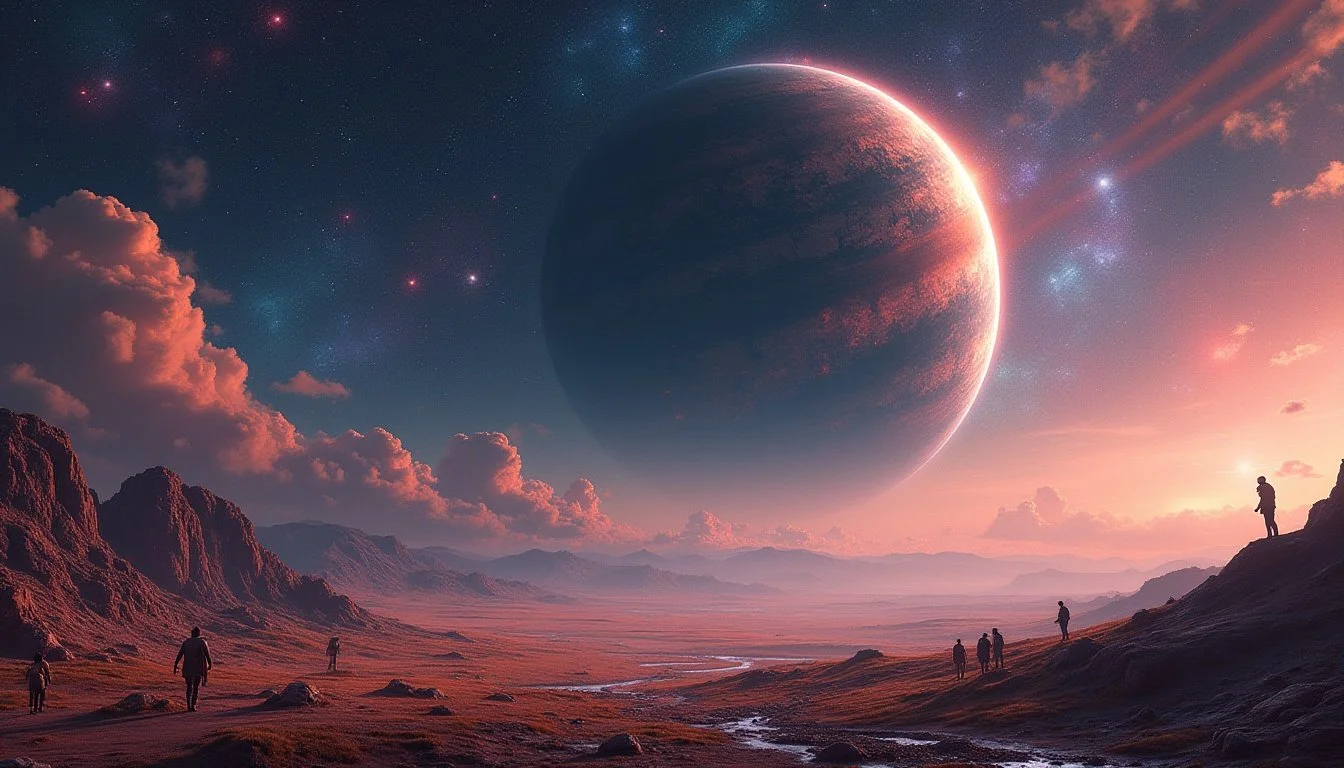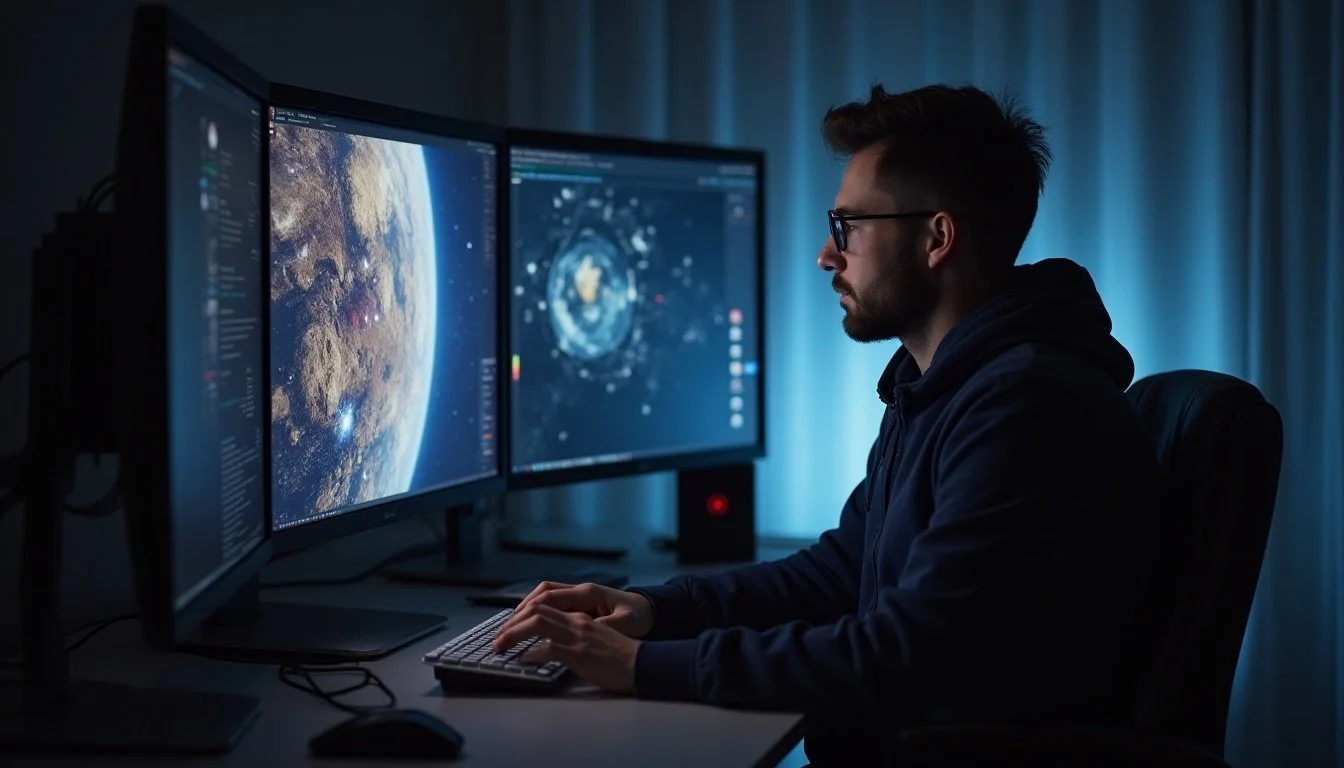Generative AI in The Metaverse
Looking ahead, artificial intelligence is set to transform not just how we interact in virtual worlds, but how those worlds are created in the first place. Generative AI is becoming a central force in shaping metaverse environments. Automating the design of landscapes, architecture, characters, and even real-time storytelling.
This shift moves us beyond handcrafted digital spaces toward metaverses that can be built and adapted at scale. Worlds will no longer need to be fully designed in advance. Instead, they will be generated dynamically, based on intent, context, and user input.
You could be stepping into a virtual environment that builds itself around your purpose. A creative workspace forms to match your focus. A social zone appears based on the kinds of interactions you seek. Entire cities might be grown procedurally through AI-driven simulations, with infrastructure, culture, and climate emerging organically from foundational inputs.
Importantly, these worlds will persist. The metaverse platforms will store the generated layouts and what has happened in a space, track how it evolves, and ensure continuity across visits. This means user actions can leave a lasting imprint, shaping the environment for future sessions or other visitors. It’s less like walking through a designed game level and more like living in a digital ecosystem.
We are already seeing early implementations (and are working on this ourselves). Generative models are improving at creating 3D assets, environments, and even interactive dialogue. The upcoming Grok 4 model, expected to focus on game design and development, hints at what’s coming. Specialised models like this may soon be used to generate entire metaverse regions on demand, tailored to the needs of the moment.
As AI takes on the heavy lifting of creation, the role of human designers may shift. Rather than constructing every detail, they will act as directors and curators. Setting the rules, tone, and high-level goals, while the system generates the form.
Beyond just changing the workflow, this changes who can participate. Users themselves will be empowered to generate their own environments in real time, using simple language or visual cues. That opens the door to much wider creativity, participation, and personalisation.
The future of the metaverse will likely not be one world but many. They will be fluid, intelligent, persistent, and shaped by the people who use them, with AI as the invisible architect working in the background.
We are only a few steps away.


